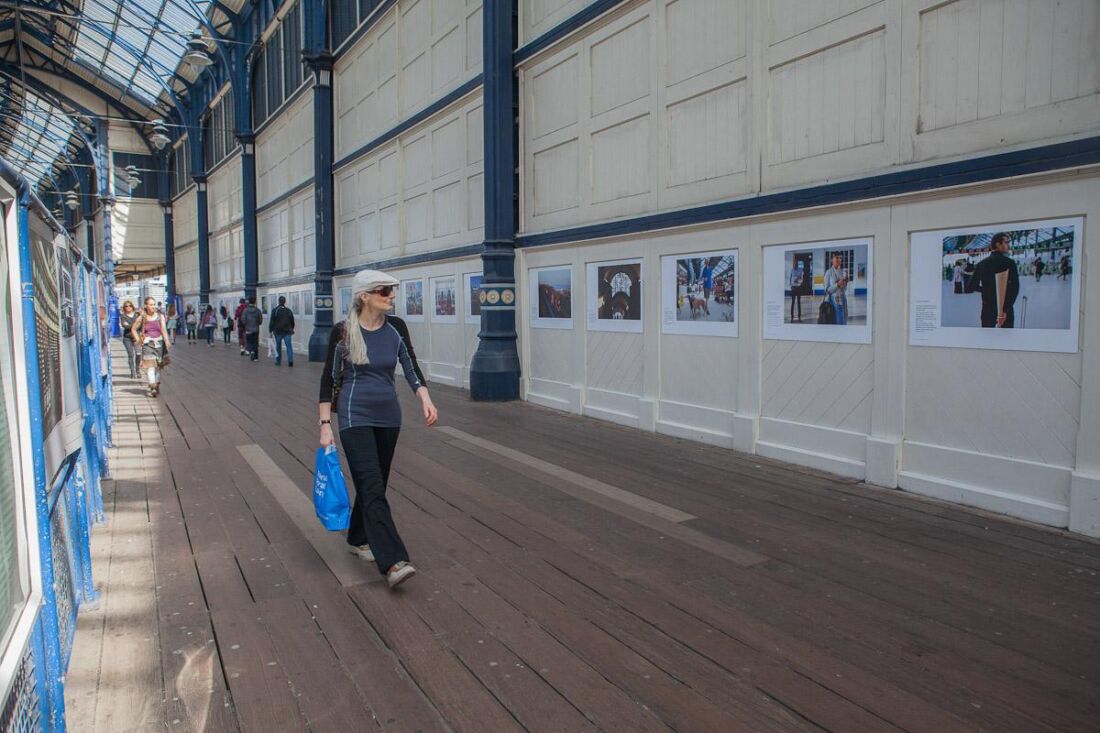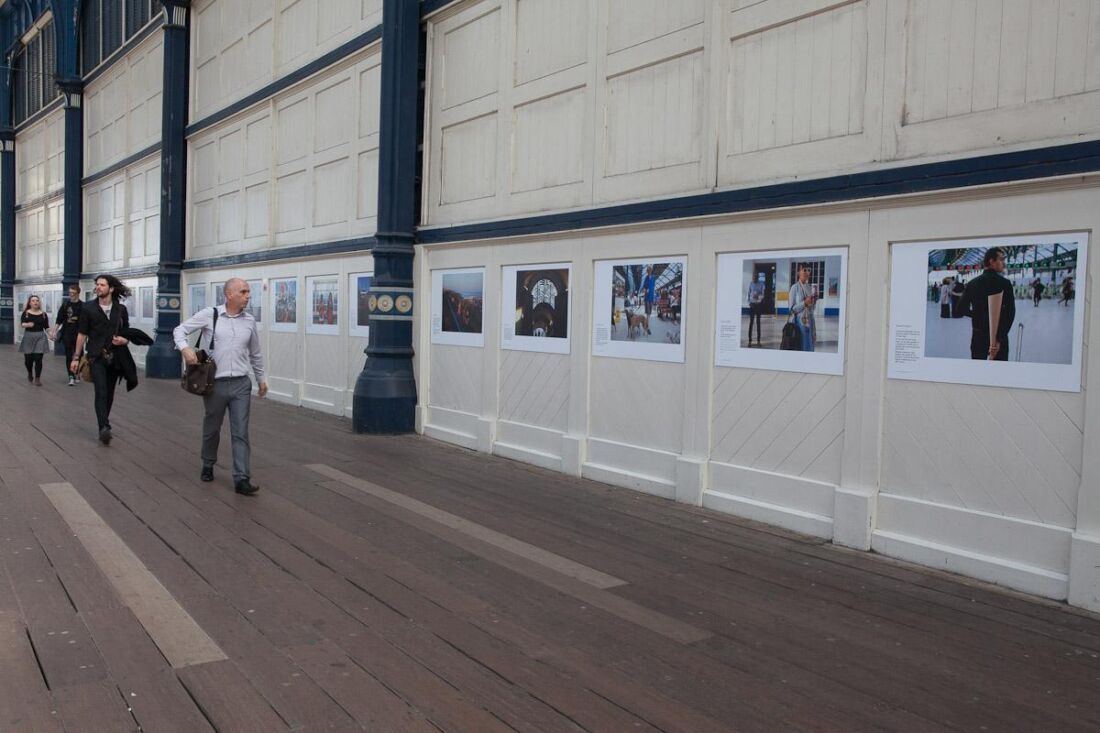Sustainable Transport - Jonathan Goldberg
A combination of green legislation and entrepreneurial spirit has brought about some radical changes to the way people travel in Brighton & Hove.
One of the most visible examples is the Big Lemon, a community interest bus company whose fleet is powered by recycled chip fat oil.
It’s a shining beacon for sustainable transport in a city well known for its green credentials. The term sustainable transport refers to any means of travel that provides an alternative to comparatively high polluting petrol or diesel-fuelled vehicles: cycling, skating, walking, and the use of trains, electric vans, car share schemes. Even working from home can be included on this list.
While the Big Lemon is well known locally for being a sustainable mode of transport, less known is that bus travel in the city is second only to London in terms of passenger numbers per head of population. Buses are a success story that contribute to keeping car ownership to a minimum, as evidenced by the constant stream of bustling double deckers seen either side of Brighton’s central corridor, and extensively throughout the conurbation.
The city’s buses are going greener too. The main operator, Brighton and Hove Buses was recently awarded a grant of £700K to retrofit vehicles in order to reduce emissions.
Clearly one of the most environmentally friendly ways of traveling in any city is by cycling, and Brighton & Hove City Council is encouraging bikes more than ever through a series of measures. Lengthy bike lanes, floating bus stops and even shower facilities for Council employees have all been installed. One spectacular cycle route runs the length of the coast from Shoreham in the west to the high cliffs in Rottingdean in the east. Another that goes up to the Universities and football stadium has a series of modern Dutch-inspired bus stops, designed to “float” on islands in order to prevent vehicle collisions.
Brighton train station in summer clearly indicates the city’s enduring appeal. Waves of day-trippers, language students, stags and hens flood the concourse daily. Last year 16 million passengers passed through the station, about a third more than six years ago, prompting operators to recently double the amount of electronic gates.
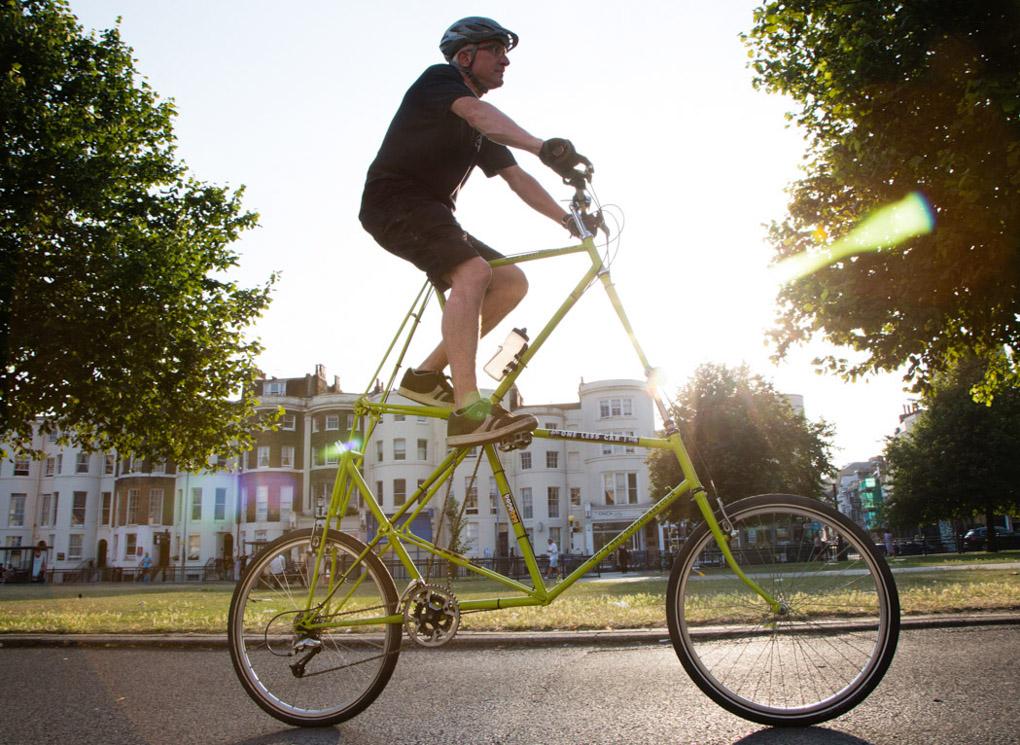



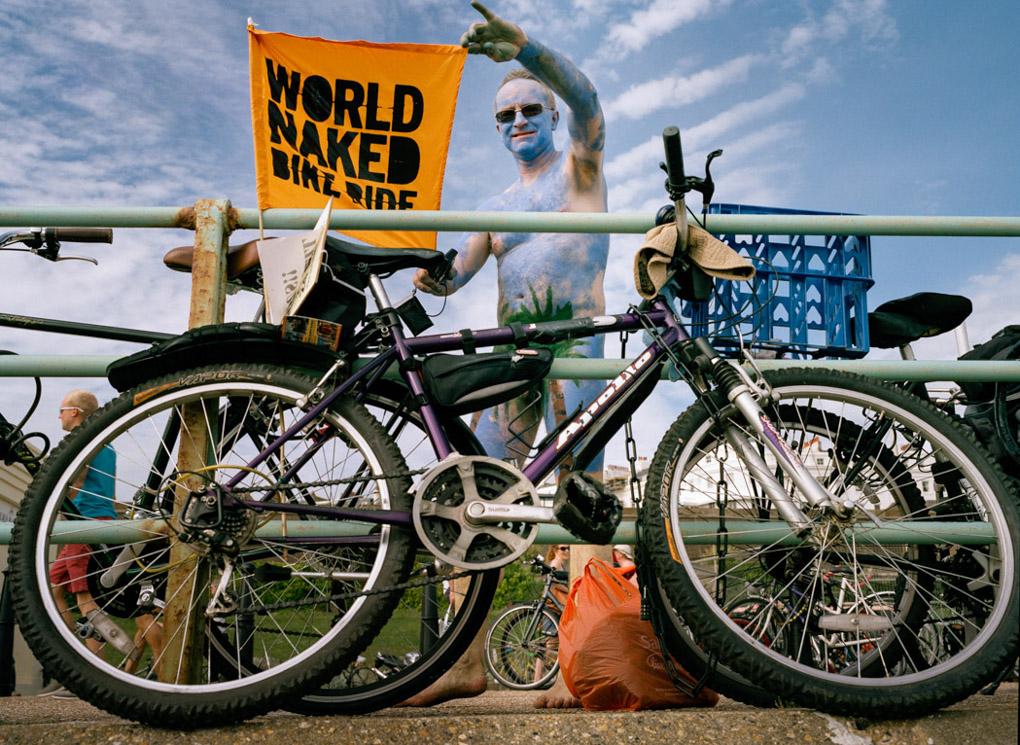

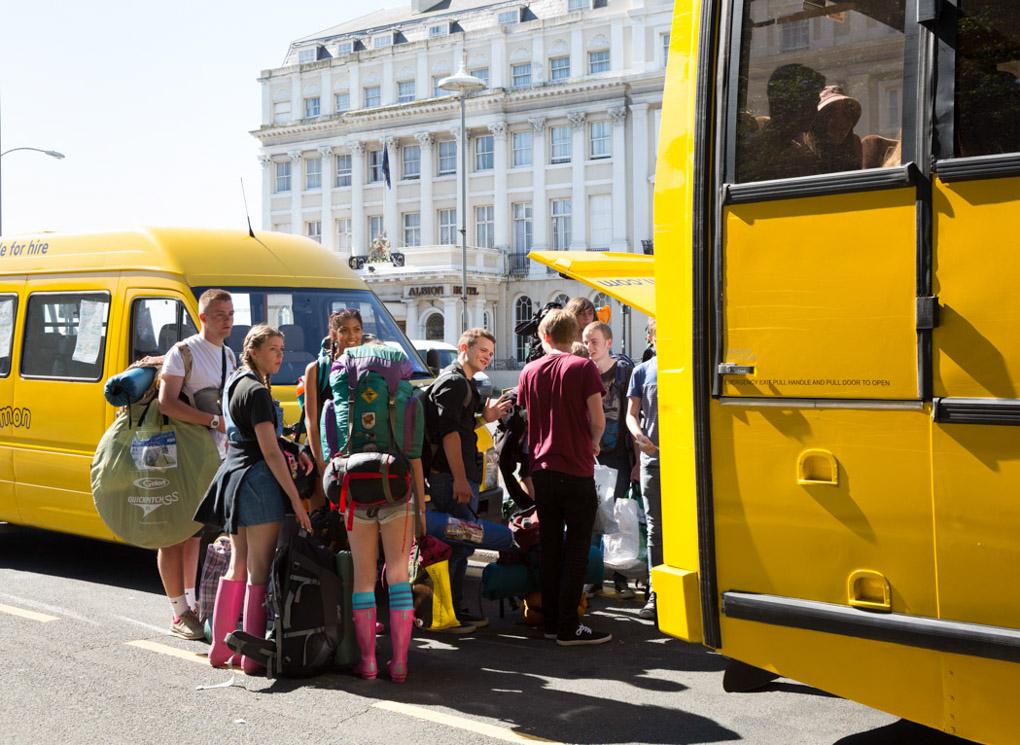
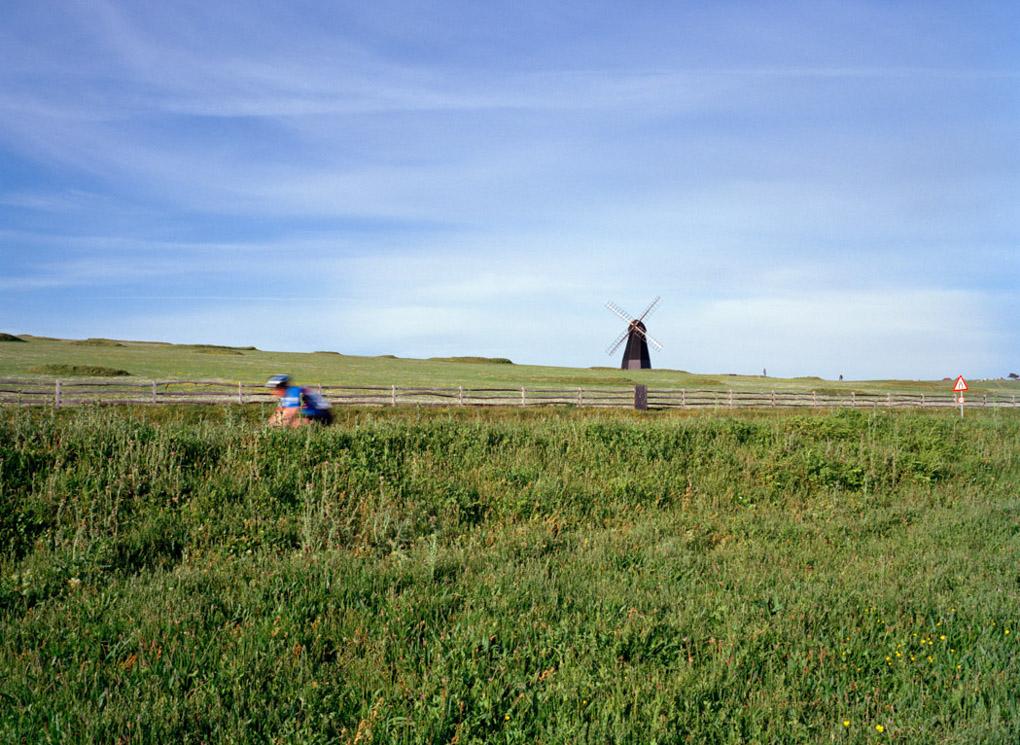

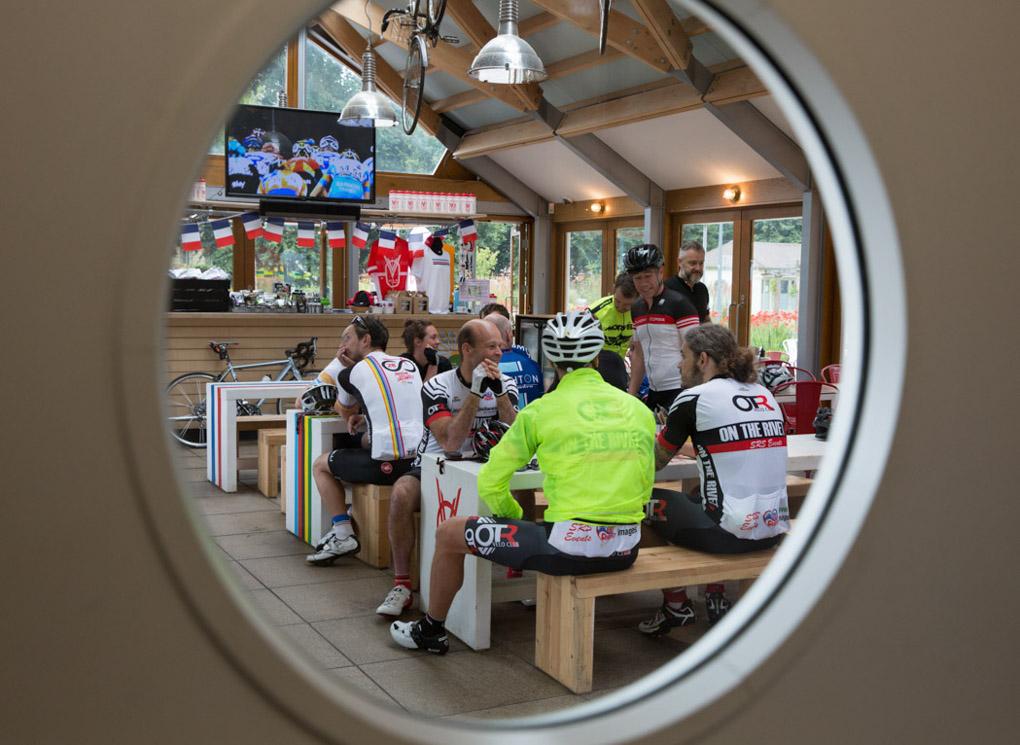

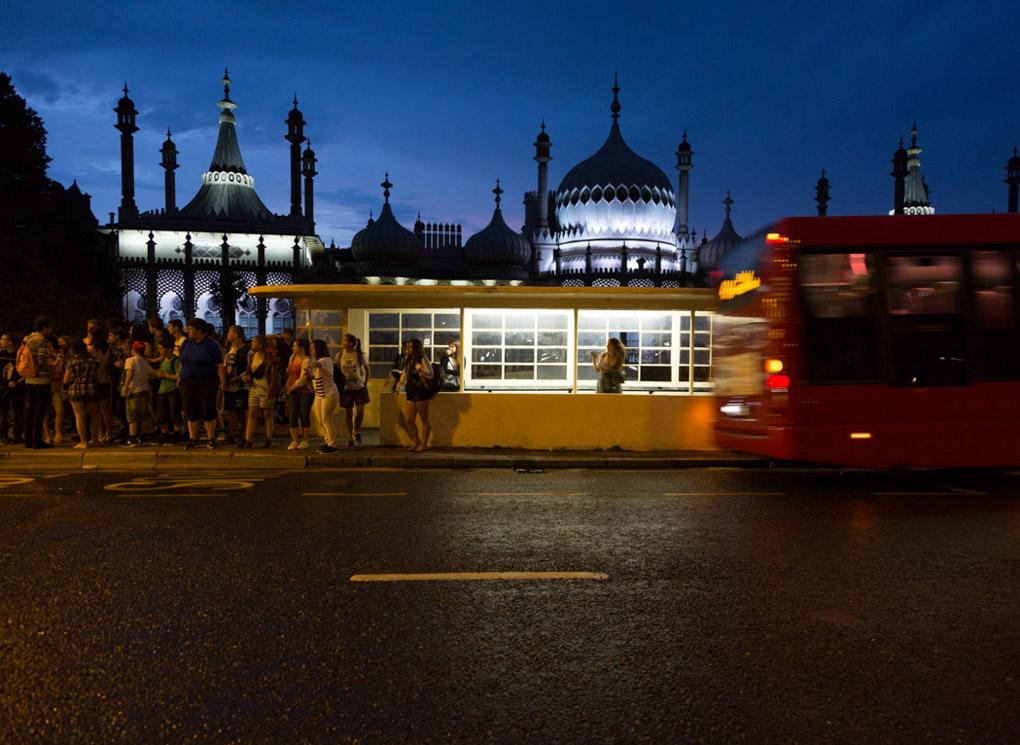
Located next to the flamboyant Pavilion, the three original buildings are all still in use today.



I was privileged to catch up with 13-year-old Aidan, an internationally renowned Hula Hooper, on his way to an event.

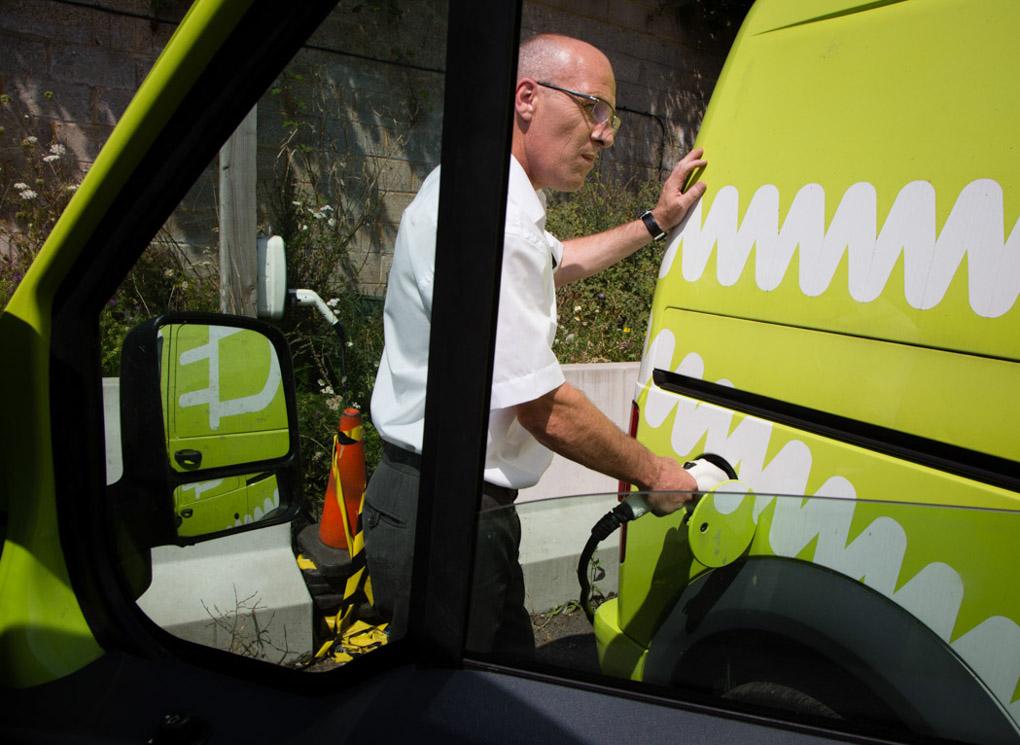
Residents who own an electric vehicle can park for free at any of the available charging posts around town.
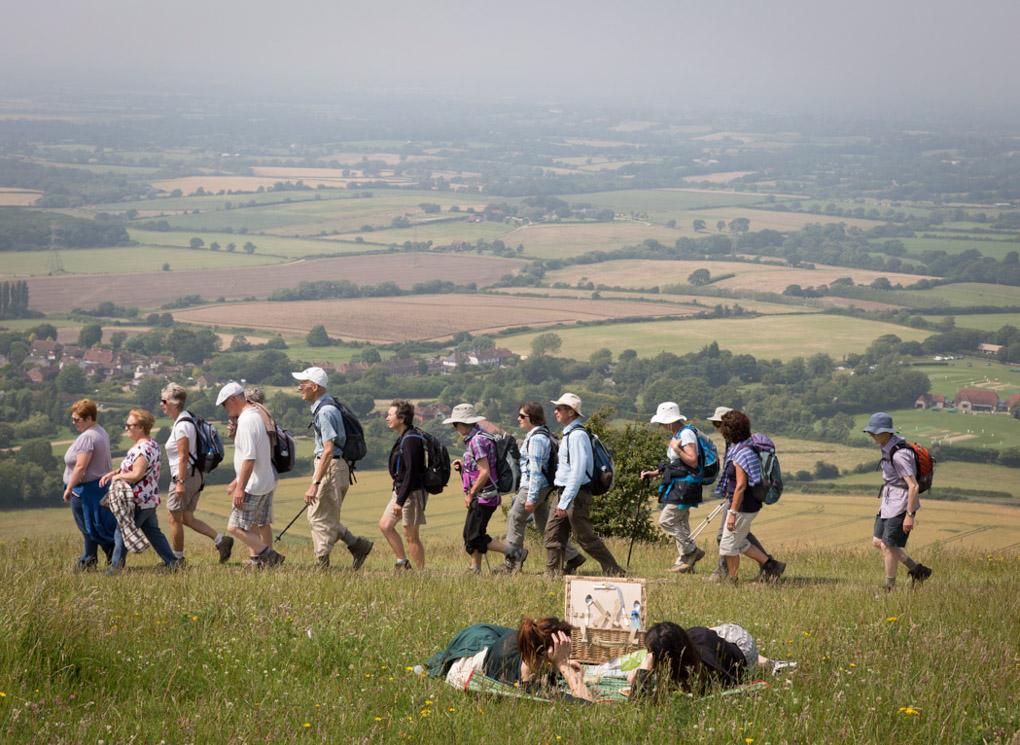


Reuben Turner, a Creative Director in London, endures an almost daily commute from Preston Park. “Home working is beneficial from a human perspective. It enables us to continue doing what we do, better, for longer.”
Essay Approach
Such is the wealth of sustainable transport initiatives taking place in Brighton & Hove, that I initially felt overwhelmed at the task of doing justice to this theme in the allotted time.
Online research led me to meetings with people behind some of the better-known projects, such as the Big Lemon. But I was surprised at how much of my knowledge about local projects, especially cycling, came about through word of mouth. Cranks Workshop, for example, is a treasure trove of bike parts enabling self-repair, but its unassuming presence meant I would never have stumbled upon it any other way.
A large number of my photographs came about unplanned as I was researching destinations or en route to a separate shoot. Having said that, it was important for me to employ a range of recognisable backdrops in this visually rich city, so I spent a fair amount of time hanging around certain landmarks, just waiting for the moment (or for a mode of transport).
My initial decision to employ a medium format camera for this project was questioned by the critical friend I was assigned. The consensus was that the slow meditative quality associated with film was perhaps not the best tool to capture images highlighting movement. I switched to using a digital SLR, reluctantly at first, then with increasing conviction.
My subjects were an inspiration to me: entrepreneurs prompting positive societal change through risk-taking, determination and dedication, as well as individuals considering the environment in a small but equally meaningful way.


